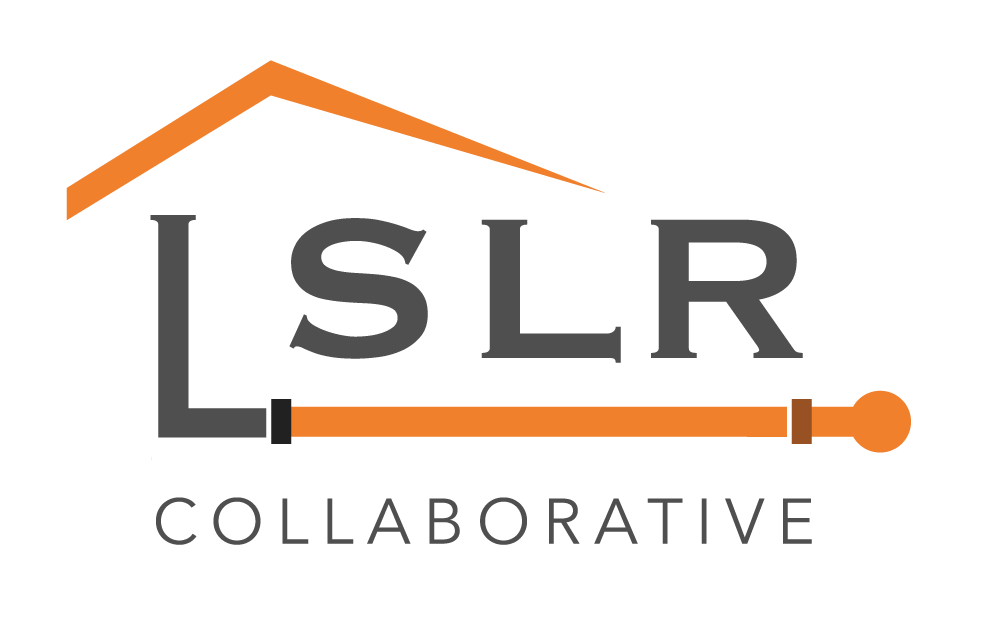|
Public Health Newswire APHA Annual Meetings News See the original article online. Drinking water contamination was the focus of a Tuesday morning Annual Meeting session, where panelists from Lead Service Line Replacement Collaborative addressed the health risks of lead service lines that connect buildings to water mains under the street. Lead can enter drinking water when pipes and plumbing fixtures corrode. Young children, infants and fetuses are especially vulnerable to the pollutant, a neurotoxin that can impact all organ systems and contribute to cognitive impairment, behavioral problems and lowered IQ. Moderating the “Drinking Water and Lead Service Lines: Partnering to Protect Public Health” session was Nsedu Obot Witherspoon, executive director of the Children’s Environmental Health Network, who told attendees: “We have to reduce the exposure to lead in drinking water, and that begins with replacing the nation’s lead service lines — 6 to 10 million of them bringing water to taps across the U.S. It’s a tall order, but it has to be done to protect the health of our children.” Following the crisis in Flint, Michigan, a diverse group of 25 national organizations formed the Lead Line Replacement Collaborative to address the nation’s biggest contributor to lead in drinking water. Today, session panelists from Boston, California and Washington, D.C., shared the successes and challenges of the lead service line inventory and replacement process at the federal, state and local levels.
“The Environmental Protection Agency’s 1991 Lead and Copper Rule, now under revision, originally said that by removing some of the lead we could remove some of the risk,” said Stephen Estes-Smargiassi with the Massachusetts Water Resources Authority in Boston. “Now we know that partial removal of lead lines does not work. But to remove all lead service lines, we have to know where they are. Many were installed up to 150 years ago with no records kept.” Utilities rely on property owners and residents, as well as their own inspectors, to identify lead lines either with a scratch test or high-tech tools that allow for detection without excavation. Also important are effective partnerships between public health agencies and water utilities to develop and implement creative solutions. A number of cities, including Boston, Cincinnati and Seattle, offer interactive online maps that consumers can use to either find out about or report on whether or not their pipes contain lead. Leon Bethune, with the Boston Public Health Commission, spoke on the history of outreach, awareness and reduction of the lead burden in the New England city and how the cost of lead service line replacement is shared between the public and private sector. Of course, not all communities face the same lead exposure risks. Bethune and Jennifer Clary, of Clean Water Action, both spoke of increasing equity for low-income communities and improving access to infrastructure funding so that all households are protected regardless of income, race or ethnicity. At the federal level, representatives from the U.S. Government Accountability Office in Washington, D.C. — Tahra Nichols and Diane Raynes — reported on their research and recommendations to the Environmental Protection Agency. “While there is no national data available on location of lead service lines — and the federal government does not require local water systems or states to maintain that information — the responsibility to inventory and replace them is shared among the EPA, states, systems and homeowners,” said Raynes. Comments are closed.
|
Have a suggestion for an article or blog to add?
Let us know! Type
All
Date
April 2023
|


 RSS Feed
RSS Feed